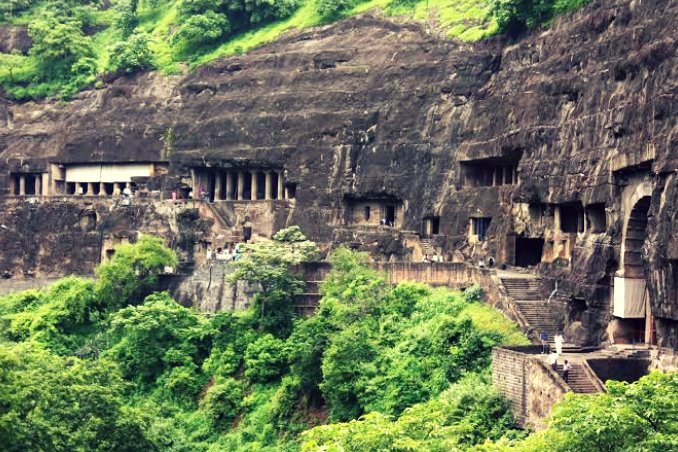
Credit
The time is 1819. The Indian subcontinent was then under British rule. On that occasion, various British merchants, officials and tourists would go on exciting adventures in different parts of India. The forest-surrounded Ajanta Cave was then buried under the ground. The little part that was left was surrounded by tigers. Luckily, the English officer and his team went there to hunt tigers.
Running after the tiger, he suddenly found a narrow entrance to the cave. Inside it lived innumerable tigers. But seeing the condition of the cave, he no longer had the main purpose of hunting tigers, the cave itself became the main subject of his interest. The intoxication of discovery sat on his head.
Then, under his leadership, the high-walled Ajanta cave was excavated and rescued.
Since then, this shallow jungle has become a tiger's paradise. Although there lived a small indigenous people called the Will, they were accustomed to living in the wild. The Ellora Cave is located just 29 km northeast of Ajanta. It is also an important Buddhist monument in India.

The murals inside the cave contain biographies of Gautama Buddha and various related stories. There are also biographies of all the Indian princes who came there for initiation till the 6th century.
Surprisingly, many of the murals found inside the cave show the obvious influence of Greek art! Historians are reluctant to accept this as a coincidence. Rather they want to see it as a relation of ancient Greco-Indian culture.